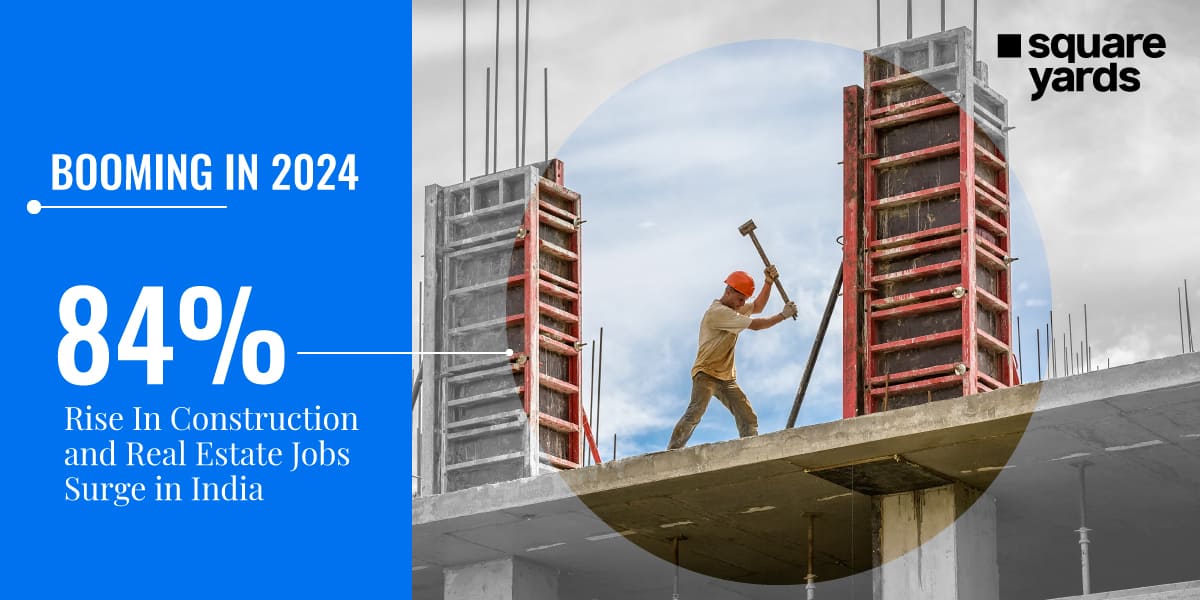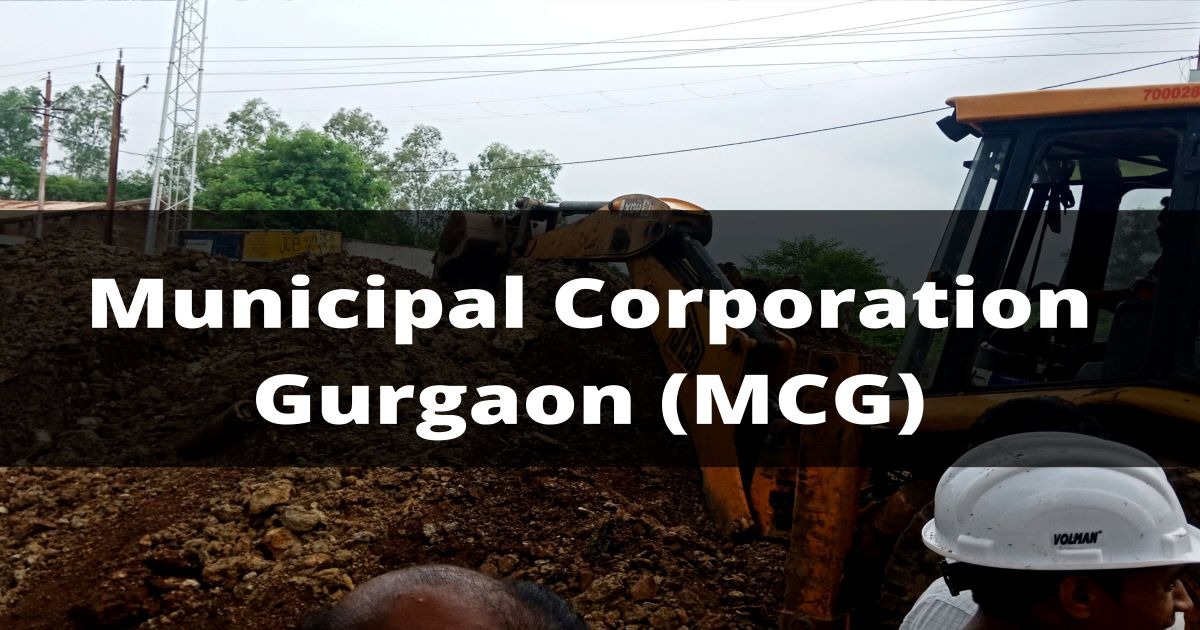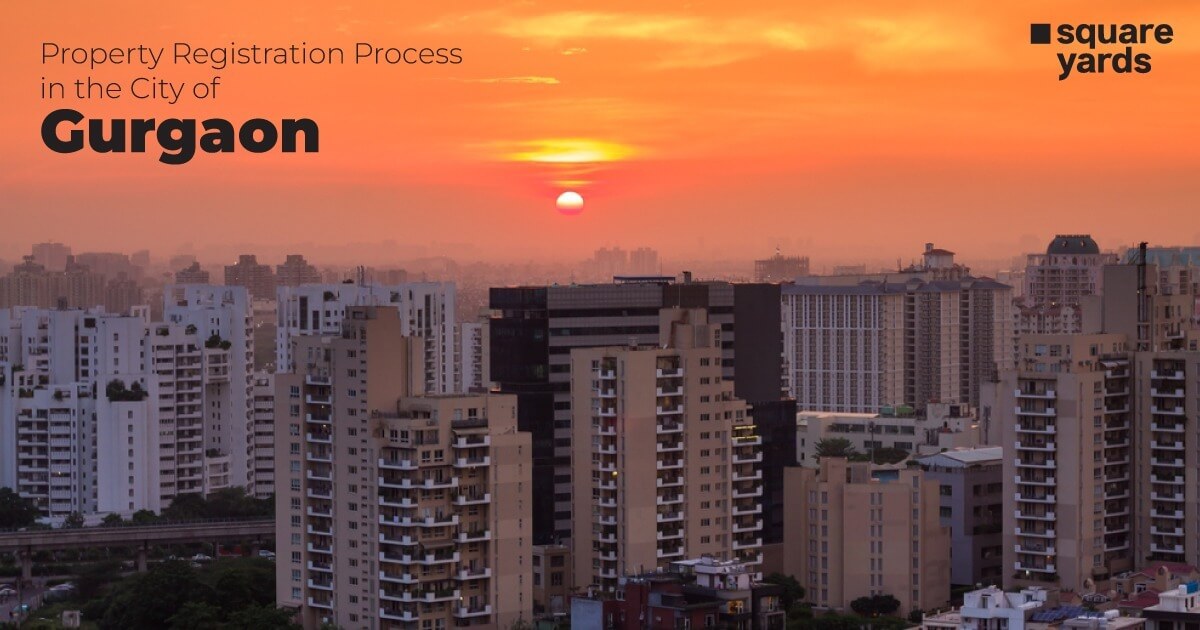Tier-2 cities have started climbing the ladder in terms of overall real estate development, infrastructure, connectivity and future prospects, a trend accentuated by the outbreak of the COVID-19 pandemic across India. This trend looks set to continue in the near future as per several industry experts.
The real estate industry has always been looking at new frontiers for growth and one of the biggest engines have been peripheral zones or outskirts of major cities and suburban locations. However, they have always been chosen near key metro cities or other big cities of the country. Yet, what about Tier-2 cities that were slow to pick up the pace in terms of real estate growth initially? They are finally having their moment in the sun as expert predictions come true and developers and industry players find new markets worth exploring.
In fact, the sunshine moment for these cities represents a win-win situation for real estate developers (new markets, easier to implement affordable housing projects, more land availability, etc.), potential buyers (cheaper rates, more options and availability) and the Government (better scope of implementation of affordable housing plans, growth of real estate industry, more job-creation and revenues).
Table of contents
What the Industry is Observing Today
- In the aftermath of the COVID-19 pandemic, most Indian businesses have been quick to shift to the WFH (work from home) model, whenever and wherever possible.
- This has led to a reverse workforce shift back towards Tier-2 cities from the metros.
- The costs of living are considerably lower in these cities while there is better work-life balance at the same time.
- Housing costs are also on the lower side and more affordable in comparison to metros and megacities.
- Good infrastructure and connectivity projects are also making more such cities appealing towards buyers.
- Integrated township projects which are self-sustainable, with natural greenery, open spaces and good amenities are thus finding favour amongst buyers in Tier-2 cities.
- Buyers are realizing the value in buying homes with more space for a considerably lower premium than megacities.
- Real estate developers and State Governments are also emphasizing on the growth of hitherto-neglected housing markets.
- For example, in Goa, which is mainly a tourism-driven economy, the State Government has joined hands with STPI (Software Technology Parks of India) for building requisite infrastructure to enable higher software exports and also the promotion of technology-driven entrepreneurship in the area.
- With many technology companies not focusing on their locations anymore, regions such as Goa may start drawing higher investments in the near future as per experts. Many other State Governments are already working on incentives for manufacturing and other industries under Make in India.
- These cities, many of which will be part of mega industrial corridors, could be the biggest real estate and economic growth drivers in future years as per several experts.
Learning More About Tier-1, 2 and 3 Cities
Tier 1 cities are those which are densely populated with higher costs of living. They have key international airports, multi-specialty hospitals, reputed research and educational institutions, industries and other infrastructure. There are 8 Tier-1 metropolitan cities in the country, namely Delhi, Mumbai, Kolkata, Chennai, Bangalore, Chennai, Hyderabad and Pune, while Ahmedabad also makes the cut on several parameters. There are 100+ cities classified in the Tier-2 category in the country while other cities come under the Tier-3 segment.
Many experts, including urban planners and developers also feel that many cities which are in the Tier-2 bracket have facilities and infrastructure good enough to rival Tier-1 counterparts. They feel that lifestyles and overall economic activity in cities such as Noida, Gurgaon, Kochi, Coimbatore, Thiruvananthapuram, Vellore, Rajkot, Patna, Lucknow, Jaipur and Goa may lead to these cities witnessing superlative growth over the next couple of decades.
How Tier-2 cities are hitting it out of the Park
Some of their major positives include:
- Good connectivity and infrastructure.
- Lower pressure on urban resources and public amenities.
- Lower congestion, traffic jams, and low population density.
- More open areas and greenery in some cases.
- Low or moderate living costs.
- Comparatively affordable or low prices of real estate.
- Better quality of life and work-life balance.
- Lower costs of doing business for entrepreneurs and companies.
Agreed, these cities have lower job opportunities and lack suitable international connectivity in many cases. There are not many MNCs in these areas and economic activity is still on the lower side. Yet, the momentum could well be in the favour of such cities going forward. The reverse exodus of the skilled workforce is already taking place as per reports. More employees are going back to their hometowns and cities. Companies are also steadily shifting to WFH or flexi-work models wherever possible. Many are also trying out permanent remote working options along with other hybrid models.
With permanent WFH fitting seamlessly with many employment positions, many companies are recruiting skilled professionals in Tier-2 cities with offer letters providing them opportunities to operate from their hometowns or cities itself. As per several other studies, leading corporates are also setting up their offices and centres in Tier-2 cities where they are finding good talent or where they did not really have a presence in earlier years. This trend clearly shows how corporates are willing to place their bets on these cities in order to drive recruitment of skilled talent.
E-ecommerce is one sector which has grown tremendously in Tier-2 cities, outstripping even Tier-1 counterparts for 2020 as per reports. At the same time, many start-up hubs are coming up in these cities while people are getting better healthcare and educational access along with lower pollution levels and higher levels of overall happiness and wellbeing. The ever-growing presence of service providers and brands in these cities is another positive that is ultimately encouraging more real estate development and infrastructure growth. Some of the top cities in this context include Ahmedabad, Kochi, Coimbatore, Indore, Jaipur, Chandigarh, Bhubaneswar, Visakhapatnam, Thiruvananthapuram, Vadodara, Nagpur, Surat, Madurai, Goa and Mysuru. Studies have also discovered that a whopping 2 million professionals employed in the BPM, ER&D and IT segments is already located in these leading Tier-2 cities. The leading position is held by cities like Chandigarh, Coimbatore and Ahmedabad with high installed talent and Ahmedabad has the biggest niche pool of talent for companies.
Cities in Southern India have also enhanced their overall livability and attractiveness quotient. Coimbatore has the largest count of engineering colleges, churning out attractive STEM talent for corporates while more IT and ER&D hubs are also being established in this city. Chandigarh is also known for its robust education framework with multiple research institutions, schools and colleges. Infrastructure and manufacturing are also key growth drivers in many cities in Karnataka including Mysuru, Mangalore, Hubli-Dharwad, Belagavi and others.
How big a role has COVID-19 played in this shift?
- Experts feel that buyers are now focusing more on bigger and spacious homes with natural greenery and those away from congested and polluted cities.
- This automatically puts Tier-2 cities at an advantage since these needs can be met in these locations.
- People are more concerned about overall wellbeing and hygiene as well.
- People are also eyeing second homes in hometowns and Tier-2 cities as buffers for safety and future retirement.
- People have shifted preferences from leading metro cities to Tier-2 cities and even second/holiday home destinations which are popular with tourists.
- Owing to economic uncertainties, many buyers prefer lower property prices of Tier-2 cities along with more space, amenities and excellent future returns in turn.
What are some real estate trends worth noting?
- Organized realty markets are steadily being observed in Tier-2 cities.
- There is a lower imbalance between supply and demand.
- There is more land availability and lower construction issues.
- There is higher demand for quality housing in these cities.
- Developers have higher profit margins due to lower values of land.
- There are fewer issues with migrant laborers.
- Property price growth is there but it is still lower than the leading Indian cities.
- More branded and reputed real estate players are looking at new projects in Tier-2 cities for lower costs and higher profit margins.
- Many Tier-2 cities are already witnessing the development of metro stations along with banks, hospitals, schools, colleges, transportation facilities, highways and shopping centres.
- Many potential buyers are shelling out money on more affordable homes while considering permanent work from home options.
- Many businesses have also shifted to these cities on account of lower costs and bigger consumer market access.
Some Other Trends Worth Noting
- Several Tier-2 markets are already on the fast-track towards infrastructure and property growth. Leading firms are venturing into the Ayodhya real estate market while property prices have appreciated here, for instance. Ayodhya has witnessed more business opportunities, lower costs of business, affordable housing prices and steady reverse migration of talent pools in tandem with an upcoming airport and other infrastructure.
- It is only one example for Tier-2 cities which are steadily outstripping even many saturated and congested Tier-1 counterparts. Many developers have also ventured into Gorakhpur for instance. Cities like Coimbatore, Kochi, Visakhapatnam and other regions are witnessing a shift of professionals from Hyderabad and Bangalore. Amravati and other smaller Telangana cities may also witness a fresh wave of future growth as per reports. Logistics and warehousing sectors have already picked up across the State, turning many locations into major employment hubs.
- NRIs are also driving realty growth in Tier-2 and Tier-3 cities. Many NRIs are investing in their hometowns due to sentimental reasons and also as hedges against any future instability. Many are investing to feel more secure about having a property near their families and friends while some wish to relocate in the near future. Many NRIs may also be buying their eventual retirement homes in advance.
- Most expats are now investing in properties in these cities with an objective of housing their parents while determining their future living goals as well.
- With the financial impact of the coronavirus pandemic still to be overcome, real estate developers are also considering newer projects in peripheral locations and Tier-2 cities on account of lower land prices and overall costs.
- Developers can readily offer bigger spaces to buyers at fair prices in these locations with better amenities and more open spaces.
- Infrastructure development is already on the upswing in many of these cities with new industrial corridors in the offing, new highways, 100 new airports and other measures planned by the Government.
- Once bigger realty players start delivering projects in Tier-2 cities, the momentum will undergo a firm shift with more firms coming down here to do business.
- Commercial real estate and other activities have also witnessed growth in these cities over the last few years owing to higher affordability levels, stability of prices, more options and lower competition in the market.
- Investors have been attracted to these factors over the last few years and more companies are now looking at expanding commercially in these locations.
- Many co-working players are setting up shop in Tier-2 cities and other peripheral locations of major cities in a bid to help leading corporates house their talent pool in emerging locations. This could be a mega trend going forward, accelerating commercial real estate growth while also aiding the growth of the residential real estate market alongside.
- Sectors like e-commerce, healthcare, education, logistics, entertainment and banking and financial services should drive rapid commercial growth in Tier-2 cities over the next few years as per reports along with the IT and BPO sectors. They may develop or occupy office spaces and regional expansion will naturally create more employment and increase housing demand in turn.
It can thus be said that Tier-2 cities are having their time in the sun. Developers, Governments and all stakeholders need to take concrete steps towards tapping positive growth sentiments of home buyers, companies and investors, while working towards future progress.




































